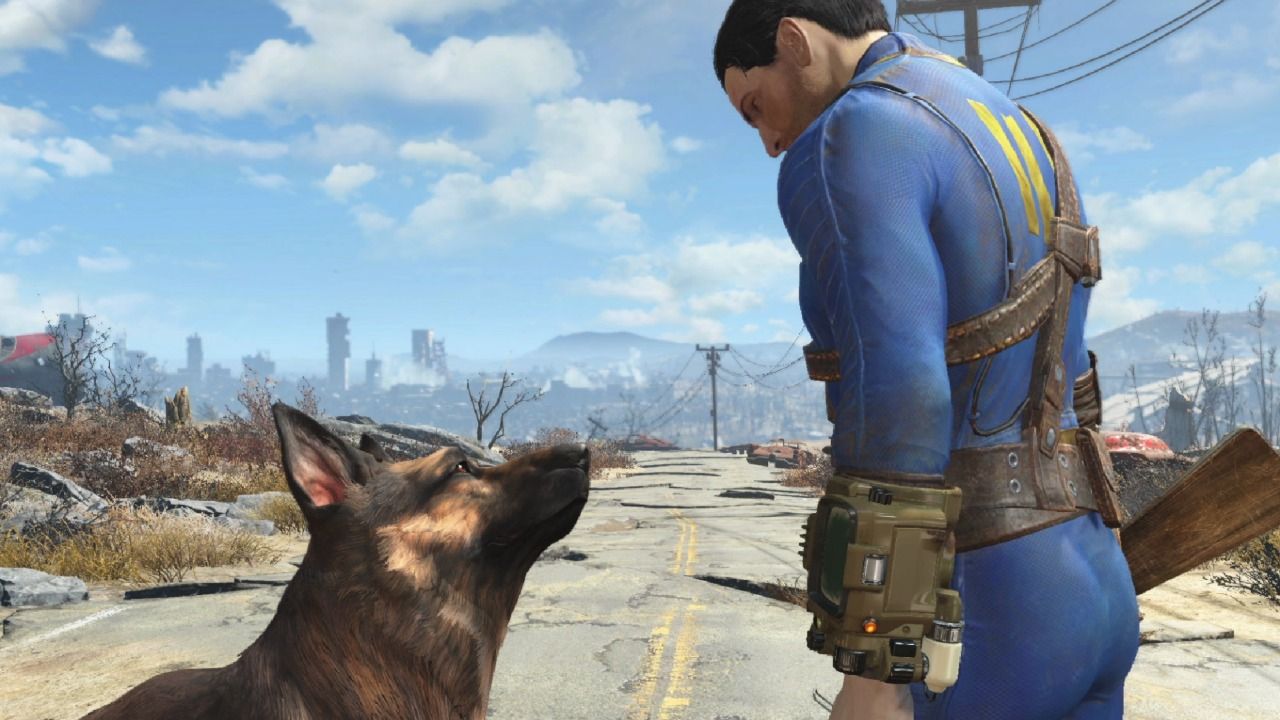#Gunbuster is an Action-Packed Anime That’s Like Sci-Fi Top Gun – /Film

Table of Contents
“#Gunbuster is an Action-Packed Anime That’s Like Sci-Fi Top Gun – /Film”

(Welcome to Ani-time Ani-where, a regular column dedicated to helping the uninitiated understand and appreciate the world of anime.)
It’s impossible not to think of studio Gainax and Hideaki Anno when considering the most influential or popular mecha anime of the past two decades. Between Neon Genesis Evangelion, Gurren Lagann, FLCL, and the creation of Studio Trigger, few studios have added so much to the genre outside of Sunrise (the creators of Gundam). But while many anime fans (and even non-anime fans) have heard of Neon Genesis Evangelion, the same cannot be said about the show that paved the way for Anno’s entire career as a director, the phenomenal OVA show Gunbuster.
Gunbuster, also known as Aim For the Top! in Japan, was a six-episode OVA from 1988 heavily inspired not only by classic mecha anime like Getter Robo and Space Battleship Yamato, but also by the tennis shoujo (young girls) anime Aim for the Ace! and the Hollywood blockbuster Top Gun.
This strange blend of influences is part of the charm of Gunbuster, which begins as a standard high-school coming-of-age story. We follow Noriko, a young woman training to impress her senior classmate and role model, and become the pilot of a giant robot.
But wait! Humanity has been preparing for a massive war against space monsters, and the show evolves to becoming a poignant exploration of war, expectations, and friendship — all while doing time-dilation better than Interstellar. Oh, and there’s a “Danger Zone”-esque soundtrack that doubles down on how wonderfully ’80s the whole thing really is.
What Makes It Great
Gunbuster packs a surprising amount of story, world, and character-building into six episodes. The first episode plays out mostly like a parody of Aim for the Ace!, focusing on Noriko’s school life, the hardships she faces in becoming as good as her classmates, and the expectations she faces for being the daughter of the pilot who first encountered the space monsters threatening to exterminate mankind. Like the best sports anime, it’s all about Noriko finding her self-confidence and training to become the best — complete with an actual training montage! But after that, the action quickly escalates by the minute as it tackles more hard sci-fi concepts, particularly time-dilation (to the point where a series of “science lessons” were released alongside the episodes to explain these concepts).
At the heart of it all is Noriko. In a rare move for a mecha show, the cast is primarily female. Noriko and her classmate Kazumi Amano go through complex character arcs while facing very relatable problems, all while they are obliterating thousands of space monsters and literally saving mankind on their own. Made during a time when the mecha genre was almost exclusively dominated by boys, it must have been refreshing to see Niroko be as badass, strong, and determined as Simon the Digger or Amuro Ray, all while still dealing with her own vulnerabilities and self-doubt like Shinji Ikari. She has to overcome her increasing self-doubt and the burden of responsibility that’s simply enormous for her age, as well as deal with the psychological toll of experiencing insurmountable loss.
You know how they say the journey matters more than the destination? That’s usually said when the destination sucks, and that’s definitely not the case for Gunbuster. Without delving into plot spoilers, the show ends with one of the most emotional conclusions I’ve ever seen in an anime. As he’d later do with Evangelion, Hideaki Anno uses the last episode for some experimental animation, as the entirety of episode six is presented in black-and-white, and the screen expands to a widescreen format to better capture the grand scale of the final battle. When the final scene comes, don’t be surprised if your entire living room is flooded with tears. The incredible music – complete with an epic guitar solo à la the main theme from Top Gun – brings it all together as the theme of sacrifice and the personal arcs for the characters culminate. This is one of the most perfect anime endings ever.
Except it’s not really the ending! If you enjoy Gunbuster, make sure you watch Diebuster, a sequel made to celebrate the 20th anniversary of Gainax. Though it’d be easy to dismiss this show (also a six-episode OVA) as being too different from Gunbuster, or too modern, it still manages to expand and even improve upon the world-building and the themes of the original — particularly its exploration of generational clash and what it means to be an adult. The way Diebuster connects to the original is surprising, and it effectively pulls at your heart strings and plays them like a fiddle.
More importantly, Diebuster feels different because it’s no longer paving the way for the future of Gainax, but is instead a celebration of everything the studio had accomplished in the years since the original Gunbuster, as well as a taste of what was to come, like Gurren Lagann.
What It Adds to the Conversation
One of the ways Gunbuster proved influential was how it combined the real and super robot subgenres, not only in the way the robots move, but in how it deals with themes and tropes from both subgenres. The robots in the show start out as realistic giant war machines, rigid and mechanical; by the end, the titular Gunbuster moves as fluidly as if it was an actual superhero. The show also explores serious and complex themes of war and the psychological toll it takes on people, all while portraying kids being able to summon great power and make their robots “evolve” in a sense, and even combine with other robots.
Then there’s the time-dilation. By far the most fascinating sci-fi aspect of the show, it impacts every aspect of Gunbuster. Remember the incredibly emotional scene in Interstellar when Cooper watches decades’ worth of messages from his family, or the nerve-wracking tension of the scene on the wave planet because every minute wasted could mean years gone by? Imagine that done not as an occasional plot point, but as an integral part of the story and the character arcs as you’ll get pretty close to the heart of Gunbuster. Not only is the portrayal of it fascinating, but it’s done to a really touching effect.
Why Non-Anime Fans Should Check It Out
For one, Gunbuster is only six episodes long, plus another six if you watch Diebuster, so it’s still a fairly short commitment for two complete stories. Sadly, the actual OVA series is not legally available in the US, but the compilation movie for Gunbuster is, which makes this even more of a short watch, but sadly cuts out some of the emotional journey, and even some entire characters.
Still, there are few mecha anime shows that manage to combine exhilarating action, epic world-building, great and complex character arcs, and an emotional conclusion the way these two shows do.
Watch This If You Like: Gurren Lagann, FLCL, Neon Genesis Evangelion, Top Gun
***
Gunbuster (the movie) is streaming on HIDIVE. Diebuster is streaming on Crunchyroll.
Cool Posts From Around the Web:
If you liked the article, do not forget to share it with your friends. Follow us on Google News too, click on the star and choose us from your favorites.
For forums sites go to Forum.BuradaBiliyorum.Com
If you want to read more Like this articles, you can visit our Social Media category.




